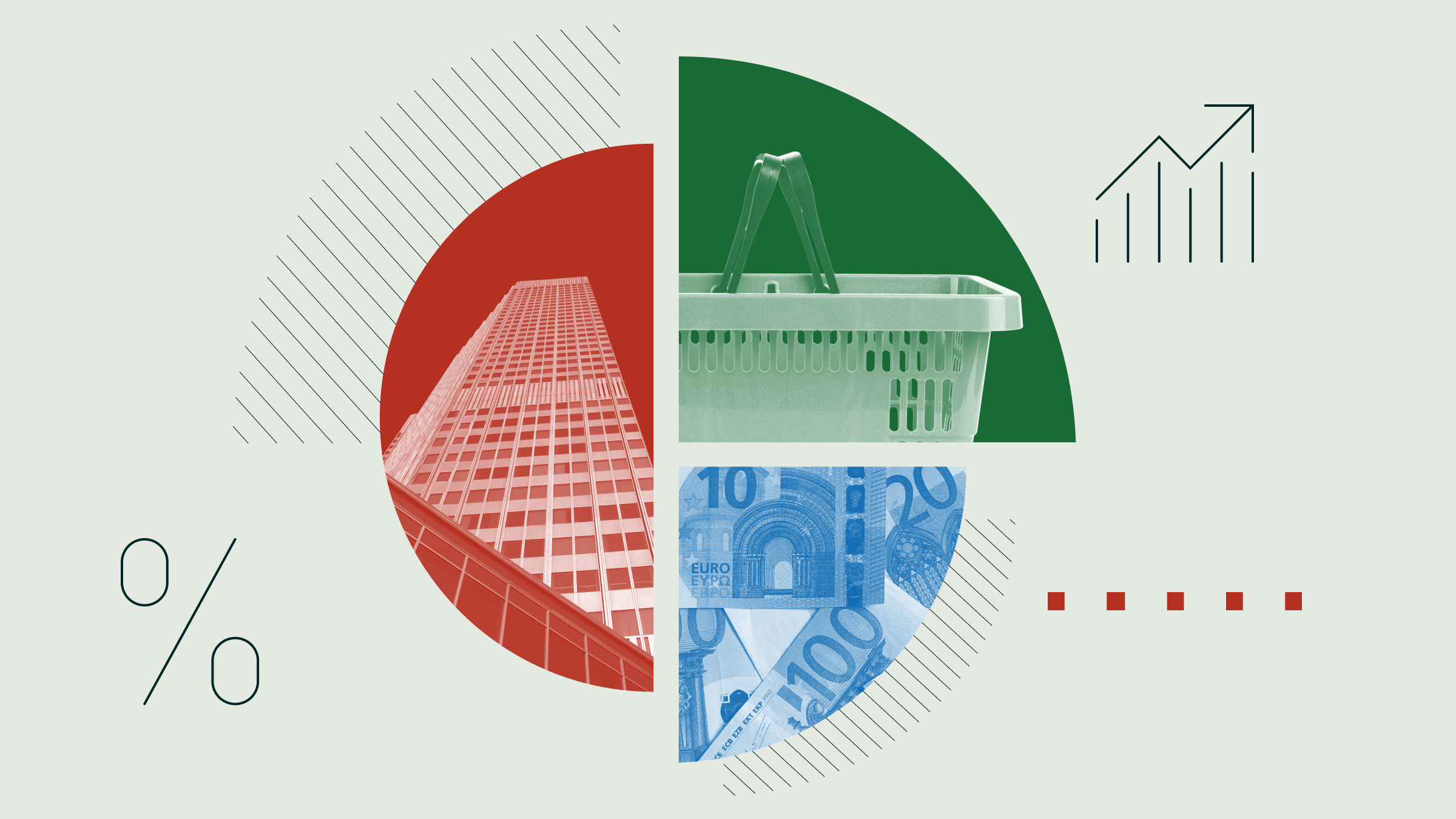
The first half of 2021 reinforced three investment principles, two of which are long-standing, and one of which is quite new.
The first is that the financial markets are essentially rational. There are anomalies, which I will shortly discuss. However, the general pattern is clear: most securities move logically. Their movements often puzzle contemporary investors, because background noise frequently obscures the essential facts. But when viewed in hindsight, investment behaviour is usually scrutable.
Thus, although I, for one, struggled to understand the global stock market's spring 2020 rally, which began barely after Covid-19 arrived, the underlying reason was sound. Neighborhood businesses might declare bankruptcy, but publicly traded companies, which were better positioned to withstand downturns, would likely survive. Patient shareholders would therefore profit.
It quickly became apparent that even the impatient would prosper if they held shares in companies that eschewed bricks and mortar, such as e-retailers or social-media networks. Consequently, growth stocks, which typically use newer technologies, outlegged value stocks, which operate traditional businesses. For the eight months from April through November 2020, the Morningstar US Growth Index gained 63% and the Morningstar US Value Index 38%.
In 2021, the rally has continued, but their positions have switched. The Value Index finished the first half up 17%, with the Growth Index at 14%. Granted, not a huge difference, but a modest shift has occurred, which makes sense given that global businesses have mostly returned to normal.
Occasionally, mysteries occur. Nobody has satisfactorily accounted for 1987's Black Monday, for example. On that date, the world's stocks fell by more than 20% for no particularly good reason, then recovered. But such exceptions are rare.
Contrarian Success
Some might regard March 2020's stock performance as a more recent example of an anomaly. After all, global equities abruptly dropped, then rallied. That behaviour strikes me as rational, though. Unlike with Black Monday or during 1994's bond sell-off, which occurred despite the lack of a single big event, March 2020's investors faced a huge and unprecedented question: How would a pandemic affect global economies? That the answer arrived tumultuously is not surprising.
Nonetheless, March 2020's downturn does provide the second lesson: from pain comes investment possibilities. As observers struggled to assess the economic impact of Covid-19, asset prices were roiled – most famously, that of oil.
Oil prices, which briefly went negative in April 2020, quickly rebounded, as was inevitable. The temporarily negative price provided a buying opportunity for professionals but what did the oil price crash mean for everyday investors, who don't monkey around with futures contracts - not much. However, they might hold the shares of oil companies. If so, they would have profited handsomely. Indeed, following the crash, we asked is it time to invest in oil? Per Morningstar's data, the US equity energy group was the best-returning Morningstar Category during the first six months of 2021, gaining 44%.
Several other early 2020 disappointments have also shone so far this year, including funds that specialise in financials, natural resources, and real estate. It took several months for the hardest-hit industries to find their footing, but when they finally did, they rewarded shareholders.
The challenge then becomes how to seize such opportunities. Trading specialty funds usually fails. For one, when investors do purchase industry-specific funds, they tend to buy high rather than low; the most popular sectors are those that have recently performed well, not badly.
A better idea than selling existing securities to buy a specialty fund is to be contrarian with new monies. Besides energy and real estate, which have sluggish five-year records even after their 2021 gains, utilities stocks have languished in recent years, along with infrastructure providers. Those who have cash at hand might wish to consider funds that emphasise such industries. As this year's results have demonstrated, most bottom-feeding investments eventually resurface.
Gold, Bitcoin … or Both?
In May, The Economist pointed out that although gold and cryptocurrencies seemingly occupy the same space - and some have suggested bitcoin is the new gold. Each asset is an alternative investment that will allegedly protect against currency inflation, the two assets don't necessarily move in tandem. Indeed, gold and cryptocurrencies are diverging more often than they converge. Thus, bitcoin appreciated by 22% during the first half of 2021, while the price of gold bullion (and precious-metals funds) has slightly declined.
The Economist posits that although cryptocurrencies are often viewed as "a walled garden unconnected with the rest of finance," their recent behaviour suggests that, at least to some extent, they are inversely linked with gold prices. The theory being that the two assets attract similar buyers, who shift between each investment.
It suggests that bitcoin and gold will likely head in same long-term direction, since they both derive much of their value for their roles in serving as an inflation hedge, but over shorter periods the two assets appear to diversify each other. Their 2021 performances strengthen my tentative suggestion that those who are inclined to hedge with gold may wish to add bitcoin to their portfolios. (New to Bitcon? Read this first)
The Outlier
While it's comforting to find evidence that reconfirms one's beliefs, doing so is also dangerous. The researcher is apt to think that he has it all figured out, which is a prelude to stupidity. Fortunately, one aspect of the preliminary year-to-date returns confused me. It seems that most actively managed US equity funds beat their relevant Morningstar index. I did not expect to see that, given that the active funds should have been slowed during the bull market by the drag of their cash.
I will double check those preliminary figures and think more about that subject.



















